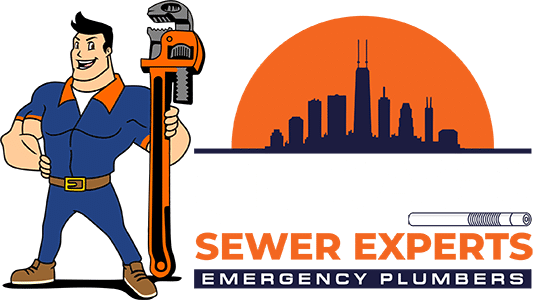We rely on our homes to provide us with shelter, comfort, and safety. We expect our plumbing systems to work efficiently and reliably, without giving them much thought. But the reality is that our sewer lines are not immune to problems. Blockages, leaks, and cracks can form over time, leading to costly repairs and headaches. A sewer inspection camera is a powerful tool that can help identify issues before they escalate.
How do sewer inspection cameras work?
A sewer inspection camera is a small, high-tech device that can be inserted into a sewer line. The camera is attached to a flexible cable that can be maneuvered through the pipes. As the camera travels through the sewer line, it captures detailed footage of the interior. This footage is transmitted to a monitor, allowing the operator to see the condition of the pipes in real-time.
Sewer inspection cameras can be equipped with powerful lights, allowing them to capture clear footage even in dark environments. Some cameras are also equipped with sensors that can detect the presence of water or gas leaks.
Benefits of using a sewer inspection camera
Using a sewer inspection camera can provide numerous benefits. First and foremost, it allows for early detection of potential problems. By identifying issues before they become major headaches, you can save time, money, and avoid costly repairs.
Sewer inspection cameras can also help identify the cause of blockages or leaks. This information can be used to determine the best course of action for repairs.
Furthermore, using a sewer inspection camera can help ensure the safety of your home or property. By identifying potential hazards such as gas leaks or water damage, you can take proactive steps to address these issues before they become dangerous.
Types of sewer inspection cameras
There are several types of sewer inspection cameras available on the market today. Some cameras are designed for use in larger pipes, while others can be used in smaller pipes. Some cameras are equipped with additional features such as infrared imaging or laser measurement tools.
One popular type of sewer inspection camera is the push camera. This camera is attached to a flexible rod that can be pushed through the sewer line. The operator can control the camera’s movement and direction, allowing for detailed footage of the interior of the pipe.
Another type of sewer inspection camera is the crawler camera. This camera is equipped with wheels or legs that allow it to traverse the length of the sewer line. Crawler cameras are often used in larger pipes or for longer inspections.
Choosing the right sewer inspection camera
Choosing the right sewer inspection camera depends on several factors. The size of the pipes, the length of the inspection, and the level of detail needed are all important considerations.
Push cameras are ideal for smaller pipes or shorter inspections. Crawler cameras are better suited for larger pipes or longer inspections. Additional features such as infrared imaging or laser measurement tools may be necessary for more complex inspections.
It’s also important to consider the quality of the camera and its durability. A high-quality camera can provide clear footage and last for years, saving you money in the long run.
How to use a sewer inspection camera
Using a sewer inspection camera requires some level of training and expertise. The operator must be able to control the camera’s movement and direction, as well as interpret the footage captured.
Before using a sewer inspection camera, it’s important to inspect the pipes for any potential hazards or obstructions. The operator should also be familiar with the specific camera being used and its features.
Once the camera is inserted into the sewer line, the operator can control its movement and direction using a remote control or joystick. The camera’s footage is displayed on a monitor, allowing for real-time inspection of the pipes.
Common issues found during sewer inspections
Sewer inspections can reveal a variety of issues, including blockages, leaks, cracks, and corrosion. Blockages can be caused by a variety of factors, including tree roots, grease buildup, or foreign objects. Leaks can be caused by cracks or corrosion in the pipes, or from damage caused by outside forces such as shifting soil.
Identifying these issues early on can prevent costly repairs and ensure the safety of your home or property.
Sewer inspection camera maintenance
Proper maintenance of your sewer inspection camera is essential to ensure its longevity and effectiveness. After each use, the camera should be thoroughly cleaned and inspected for any damage or wear.
Regular calibration of the camera’s sensors and measurement tools is also important to ensure accurate readings. It’s also a good idea to have the camera serviced by a professional on a regular basis.
Sewer inspection camera vs traditional methods
Traditionally, sewer inspections were conducted using manual methods such as snaking or digging up the pipes. While these methods can be effective, they are often time-consuming and can cause damage to the pipes or surrounding areas.
Sewer inspection cameras provide a non-invasive, efficient method of inspecting sewer lines. They can identify problems quickly and accurately, without causing damage to the pipes or surrounding areas.
Conclusion
A sewer inspection camera is a powerful tool that can provide valuable insight into the condition of your home’s sewer lines. By identifying potential issues early on, you can save time, money, and avoid costly repairs. Understanding the different types of sewer inspection cameras, how to use them, and their benefits can help you make an informed decision when it comes to maintaining your home or property’s plumbing system.

Recent Comments